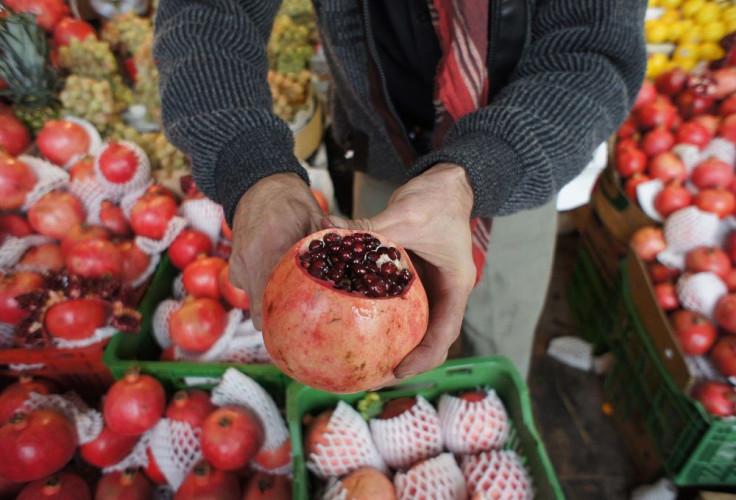Swiss researchers isolate molecule in pomegranate which slows down aging

After walnuts, diabetes medication metformin and nicotinamide mono nucleotide, there’s another possible anti-aging solution identified by scientists in Switzerland. Known as the “food of the gods,” pomegranate has a single molecule which researchers believe is the key to youthful aging.
Researchers at the Ecole Polytechnique Federale de Lausanne (EPFL) isolated a single molecule in the fruit, urolithin A, which drives mitophagy. It is a process that allows parts of the cell that has become defective to be cleared away and pave the way for replacements, reports The Telegraph.
The team from EPFL and Amazentis, a company set up by the scientists which has been conducting early clinical trials, examined the fruit to test the marketing tactics of some companies that claim pomegranate is a superfood. Professor Johan Auwerx, co-author, says the molecule they found are transformed by microbes in the gut and enables muscle cells to protect itself against one of the major causes of aging.
The initial findings of tests done on rodents and nematoads, published in Nature Medicine journal, found “the effect is short of amazing.” In tests done on nematode C. elegans, a favourite test subject among experts in aging since the subject is considered elderly after 8 to 10 days, the worm’s lifespan, after exposure to urolithin A, increased by over 45 percent. When tested on rodents, which have more characteristics common with humans, similar to trials on worms, the mice exposed to urolithin A exhibited 42 percent better endurance while running.
However, the scientists point out that the fruit does not contain the molecule which is found on its precursor. The molecule is converted into urolithin A that inhabits the intestine which makes the amount of the molecule produce vary widely, depending on the species. They add some individuals do not produce urolithin A at all.
But for people who do not produce the molecule, Amazentis is developing a method to delivery finely calibrated doses of urolithin A. However, Auwerx cautions that they would not be surprised if the molecule were not as effective on humans as on worms and rats.
Cris Rinsch, co-author and CEO of Amazentis, adds that precursors to urolithin A are found not only in pomegranates but also in smaller amounts in many nuts and berries. But for it to be produced in the intestines, the bacteria must be able to break down what is eaten.
VIDEO: How to eat pomegranate fruit





















